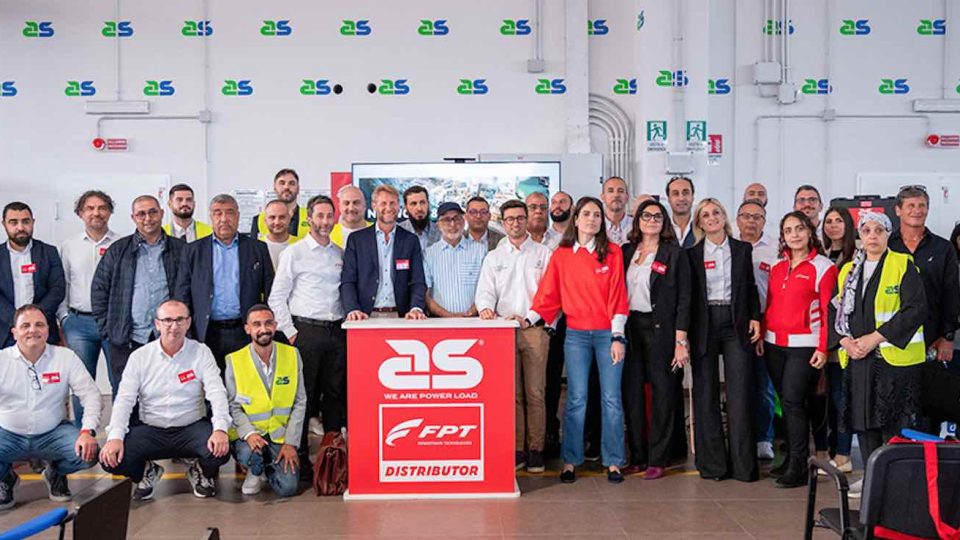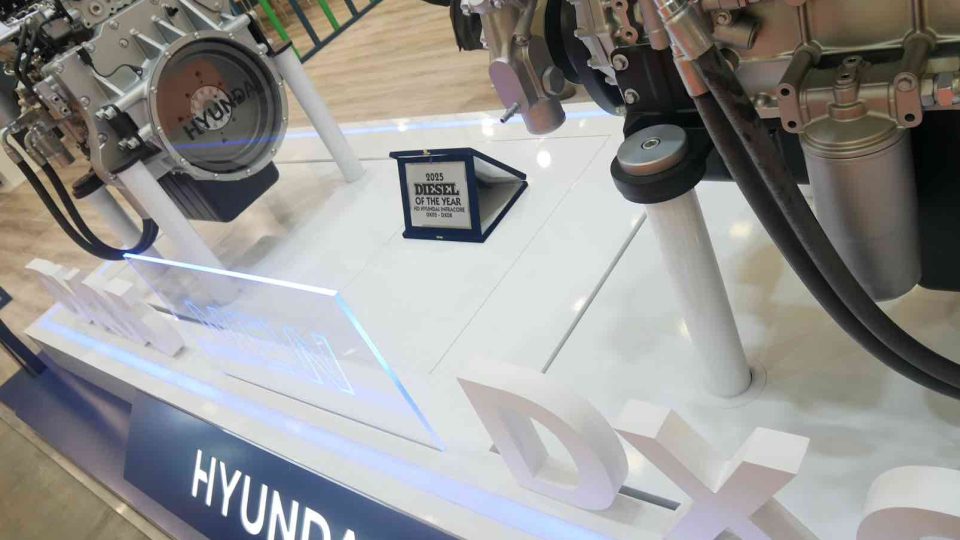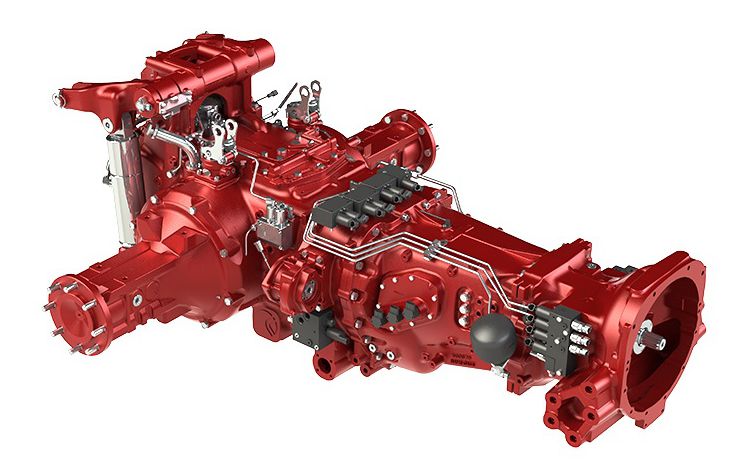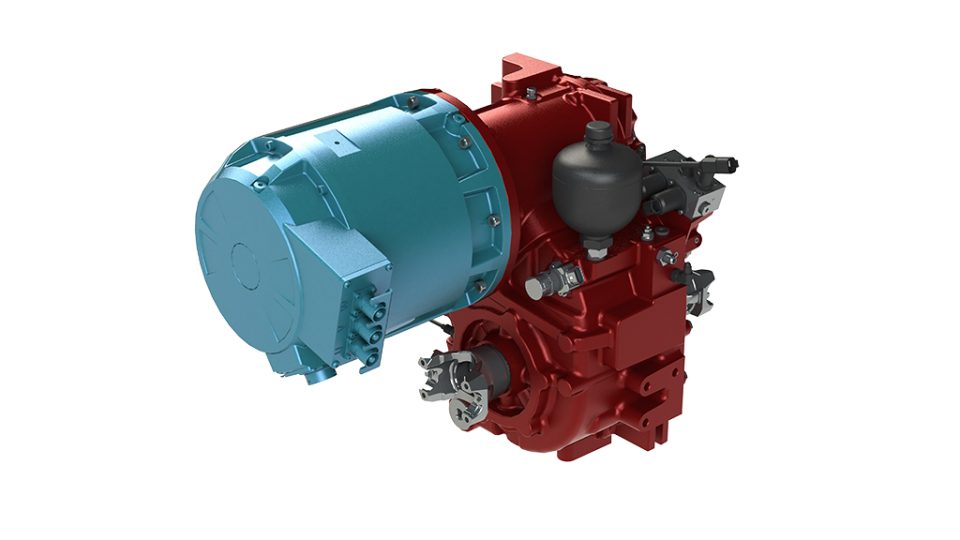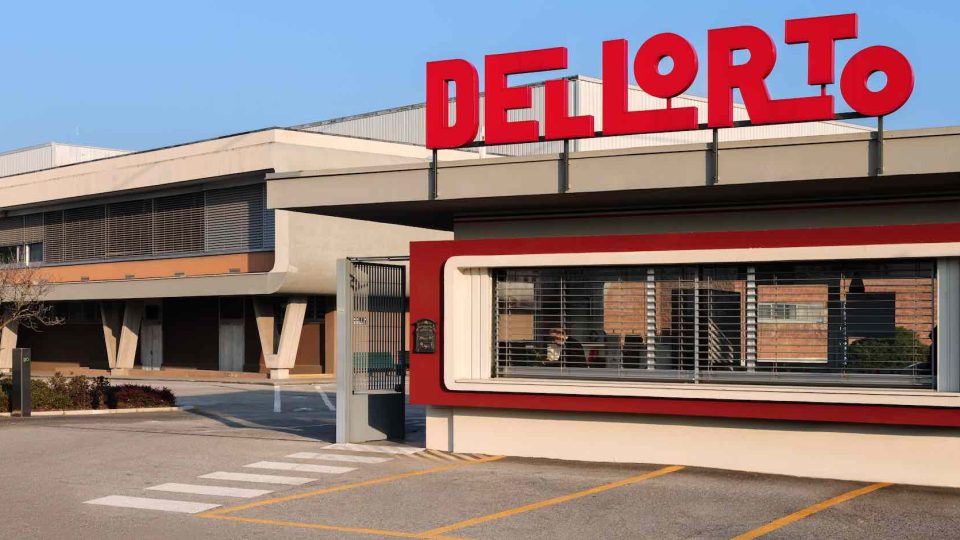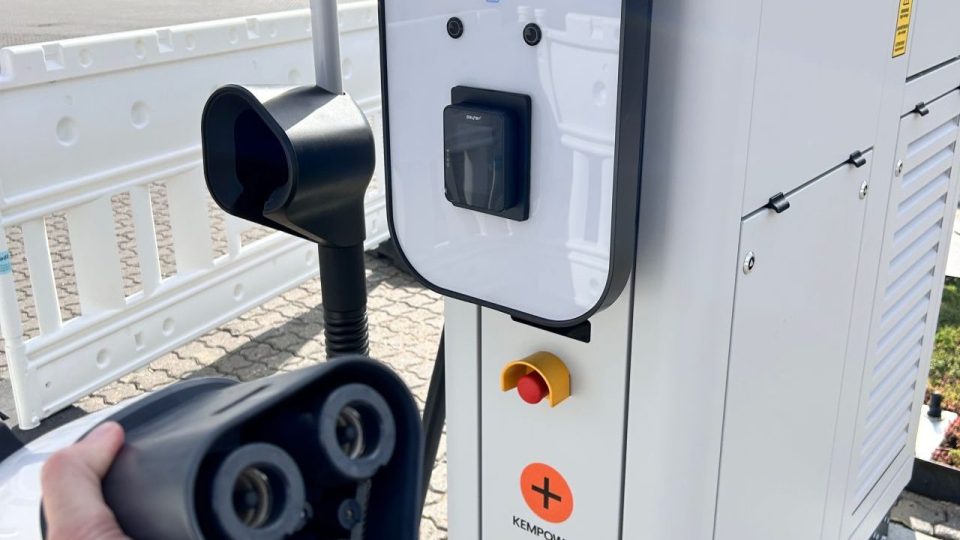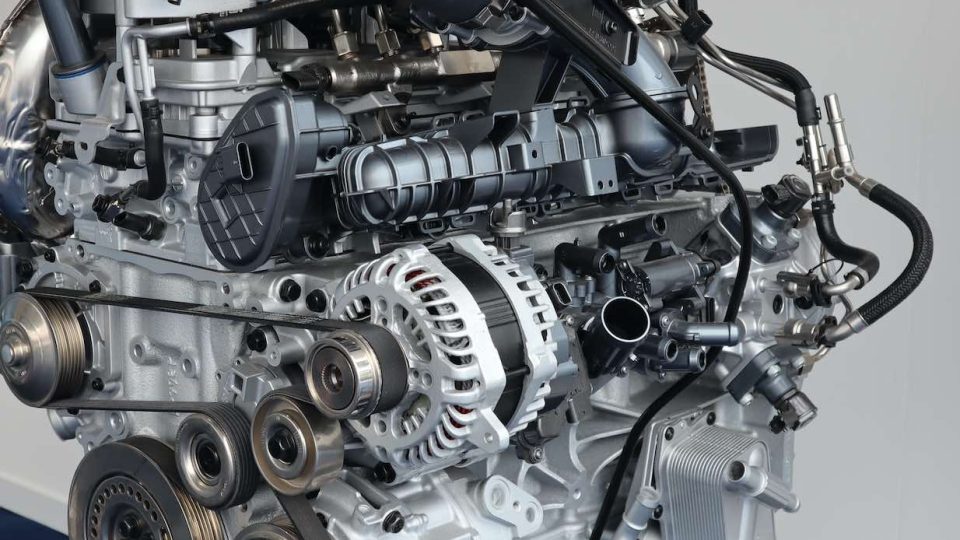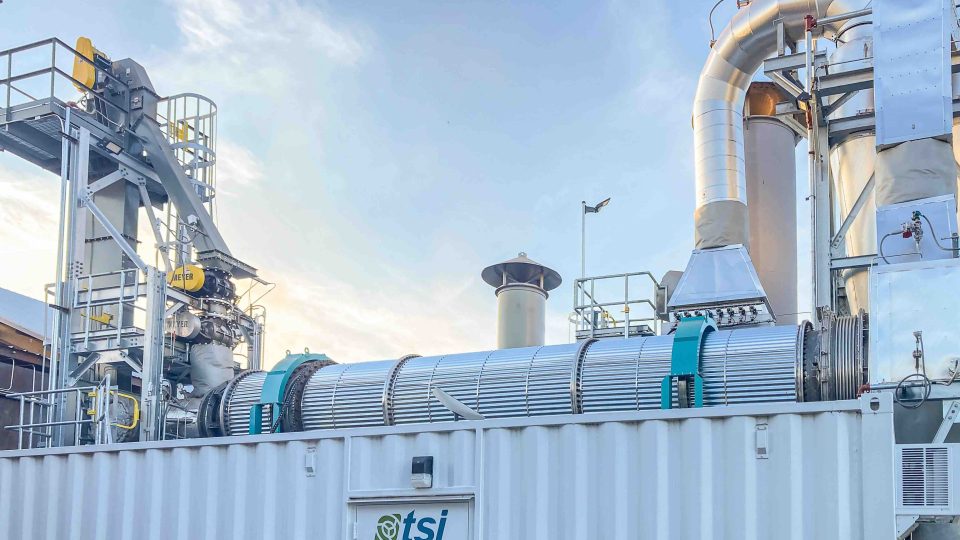Vulkan and the N67 for the hybrid waterbuses
Vulkan won the ACTV/AVM tender for the hybrid retrofit of 5 waterbuses together with Bimotor and FPT Industrial

The hybrid waterboat you see moored at the Venice Arsenale is a serial hybrid vessel powered by FPT Industrial N67, with project coordination by Italian dealer Bimotor, Vulkan and AVM/ACTV – passenger transport operators in the Venice lagoon. Its 43 years of service across the Venetian canals and lagoon are hard to believe at first glance. Originally delivered in 1982 by Cantiere Morini Ancona, the vessel now returns to the limelight as a showcase of sustainable maritime innovation. While much of the industry’s attention is focused on the utopian goal of replacing entire road and marine fleets with fully electric new builds, the challenge of repowering and upgrading existing assets often receives far less consideration than it deserves. This project stands as a rare and commendable exception.
This repowering effort brings together Vulkan Italia and Bimotor, with key contributions from E2C (electric converters), Tema (electric motors for propulsion and power generation, inverters, distribution panels, and PMS control systems), Innave (naval engineering), and VECO (cooling and ventilation systems).
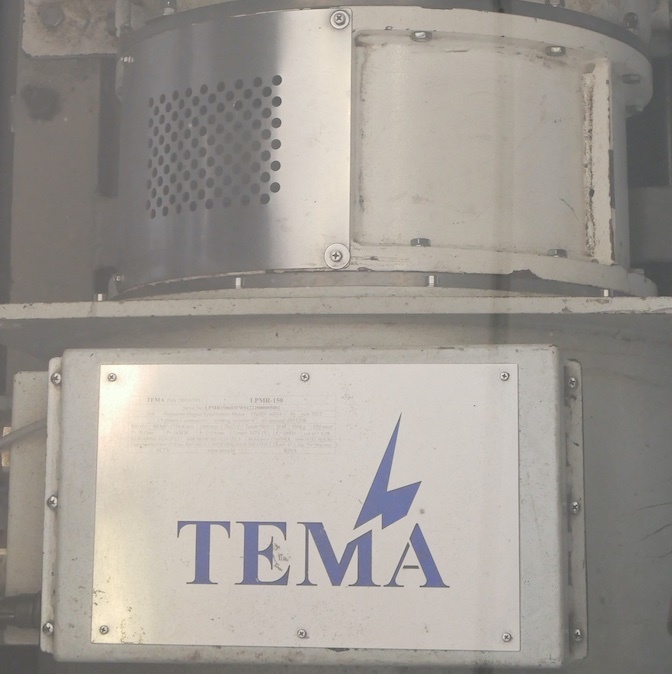
Vulkan’s hybrid to serve the Venice lagoon ecosystem
The hybrid project developed by Vulkan was initiated following a public tender issued by ACTV Venice for the retrofit of five Line 1 ferries, with the option to expand to ten units if performance targets were met. The goal: replace the traditional propulsion system—an 8.7-liter diesel engine connected to the propeller shaft via a reduction gearbox—with a serial hybrid architecture. The first notable achievement is the downsizing enabled by FPT Industrial’s N67 Diesel engine. The original tender specified a symbolic 3% reduction in emissions. However, based on test bench data and independent calculations from the university involved in the evaluation, Vulkan Italia—as system integrator—anticipated a 15% improvement. In practice, real-world results exceeded expectations, achieving an impressive 28–30% reduction in emissions.
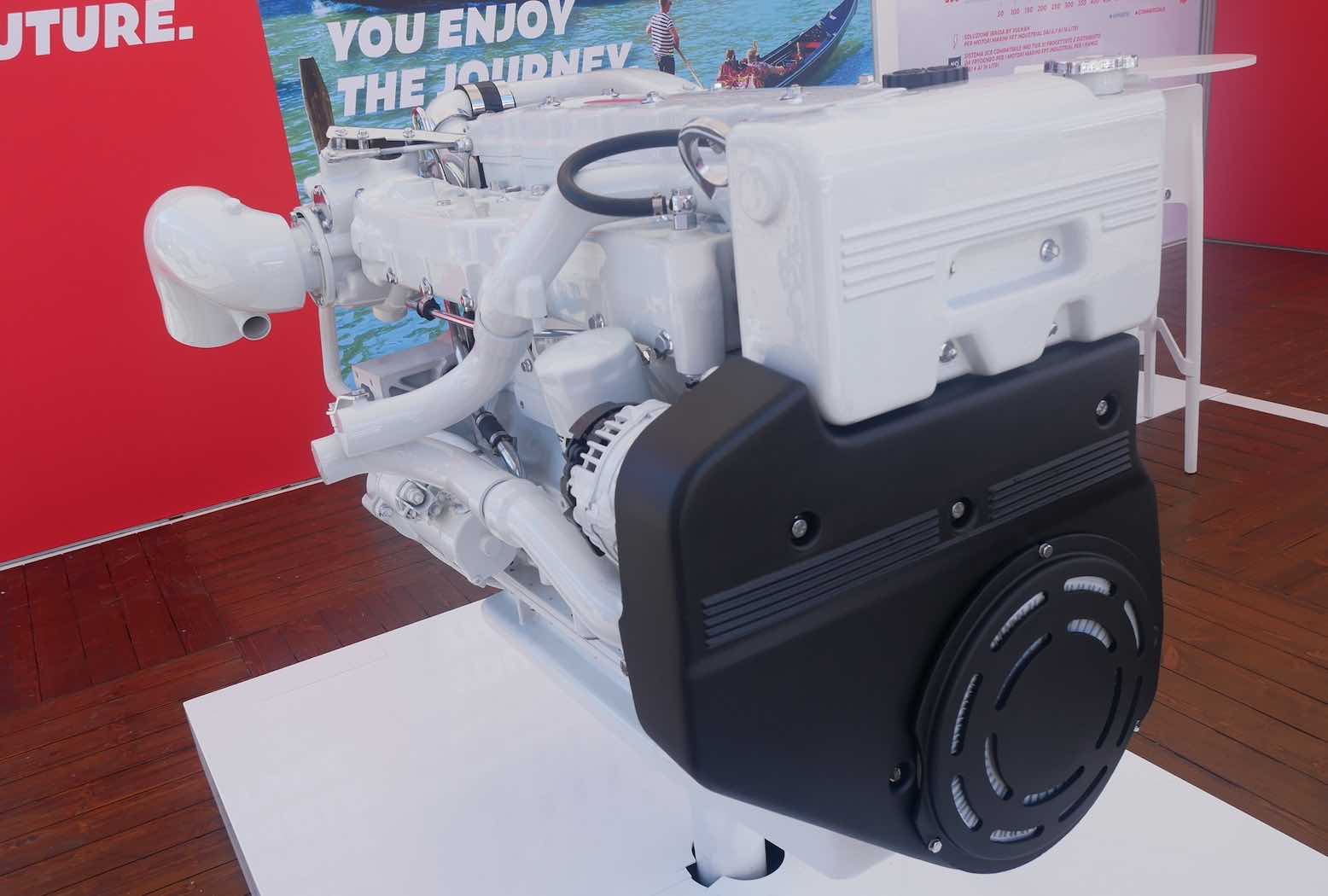
On Thursday, May 29, during the opening day of the Venice Boat Show, the hybrid waterbus had already completed a full month in operation on auxiliary route 2, running from Piazzale Roma to San Zaccaria via Giudecca. It then continued service from there to Lido Santa Maria Elisabetta on auxiliary route 1. After successfully passing all inspections and receiving clearance to sail from the Venice Port Authority, the vessel entered regular service for an operational verification phase. This stage also included on-site training delivered by Vulkan technicians to ACTV crews and maintenance teams, ensuring seamless knowledge transfer and safe handling of the new hybrid system.
Security systems were top of the priority list
We’ll keep it short—full technical details will be published in the upcoming marine issue of POWERTRAIN International magazine —but one thing is clear: safety was treated with utmost priority.
The cooling system relies on seawater intakes rather than keel cooling, and features a dedicated chiller capable of exchanging heat with onboard systems at 8°C. To prevent battery-related incidents, the eight lithium-iron-phosphate (LFP) battery modules are housed in four fully sealed compartments, each equipped with dedicated ventilation fans. In the event of a fault, thermal runaway is mitigated via a flooding system activated by a self-priming pump. Each battery module includes a venting mechanism and a temperature monitoring system. A custom-designed fire suppression system, developed by Vulkan, includes a dedicated control unit. A PLC continuously monitors BMS temperatures. If a module reaches 50°C, the PLC trips the main contactor. Venting typically initiates between 100°C and 120°C. Should the system detect 65°C, it issues a critical alarm, triggering the full fire suppression sequence.
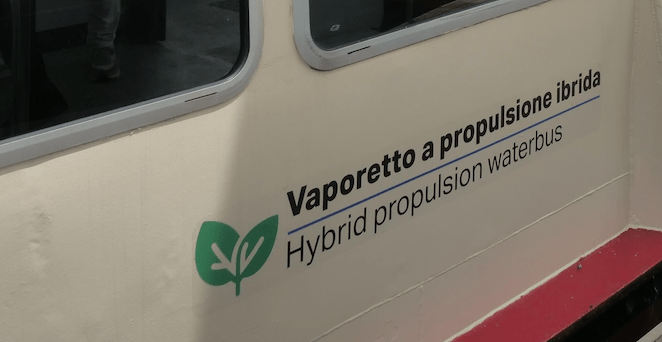
Each battery compartment is equipped with both a smoke and temperature sensor. Hydrogen detectors are installed in all conduits and in the battery room itself, where they are paired with smoke and temperature sensors for early detection of critical conditions.
The battery room is completely sealed off from the adjacent engine room to prevent ignition caused by diesel engine heat or electrical sparks, ensuring maximum containment in the event of an incident.

